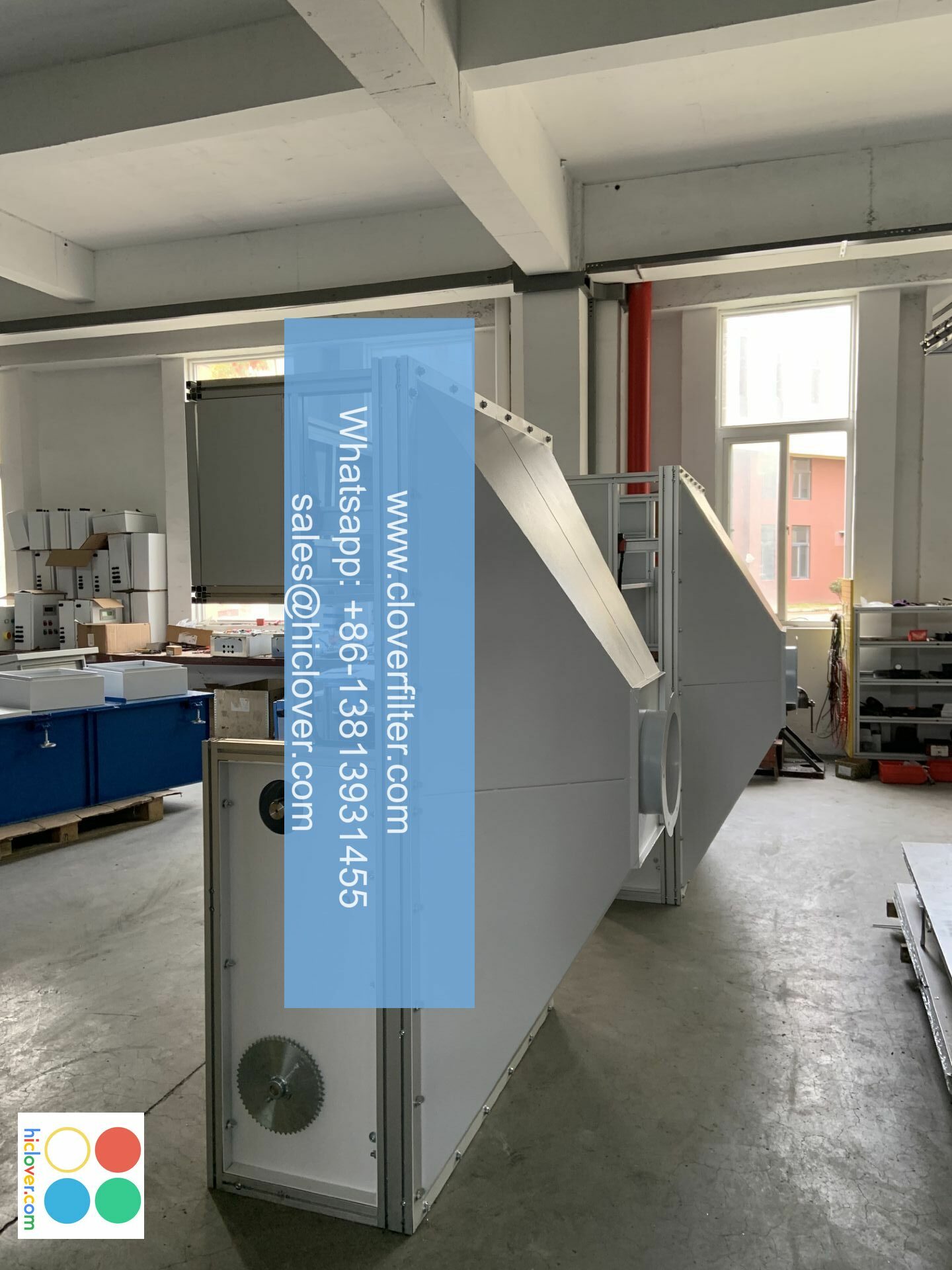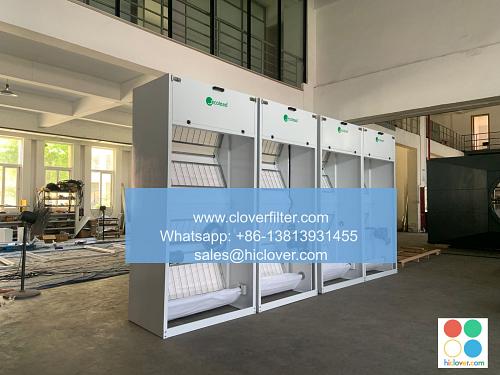The Economic Benefits of Automatic Roll Air Filters in Alberta Oil and Gas Facilities

The oil and gas industry in Alberta is a significant contributor to the province’s economy, providing employment opportunities and generating revenue. However, the industry also faces unique challenges, including the need to maintain efficient and cost-effective operations while minimizing environmental impacts. One technology that has gained attention in recent years is automatic roll air filters, which can provide numerous economic benefits to oil and gas facilities in Alberta.
Automatic roll air filters are designed to provide a consistent and reliable supply of clean air to facilities, reducing the need for manual filter replacements and minimizing downtime. These filters use a roll of filter media that automatically advances as the old media becomes dirty, ensuring that the air quality remains consistent and reducing the risk of equipment damage or failure. By installing automatic roll air filters, oil and gas facilities in Alberta can experience significant economic benefits, including reduced maintenance costs, improved equipment reliability, and increased productivity.
One of the primary economic benefits of automatic roll air filters is the reduction in maintenance costs. Traditional air filters require regular replacements, which can be time-consuming and costly. Automatic roll air filters, on the other hand, can operate for extended periods without requiring manual intervention, reducing the need for maintenance personnel and minimizing the risk of equipment damage. According to industry estimates, the use of automatic roll air filters can reduce maintenance costs by up to 50%, resulting in significant savings for oil and gas facilities.
In addition to reducing maintenance costs, automatic roll air filters can also improve equipment reliability and extend the lifespan of critical equipment. By providing a consistent supply of clean air, these filters can help to reduce the risk of equipment failure and minimize downtime. This can result in significant economic benefits, including reduced repair and replacement costs, as well as improved productivity and efficiency. In fact, studies have shown that the use of automatic roll air filters can increase equipment reliability by up to 25%, resulting in significant economic benefits for oil and gas facilities.
Another economic benefit of automatic roll air filters is the potential to increase productivity and efficiency. By providing a reliable supply of clean air, these filters can help to minimize downtime and reduce the need for manual interventions. This can result in significant economic benefits, including increased production volumes and reduced labor costs. In fact, industry estimates suggest that the use of automatic roll air filters can increase productivity by up to 15%, resulting in significant economic benefits for oil and gas facilities.
In addition to the economic benefits, automatic roll air filters can also provide environmental benefits. By reducing the need for manual filter replacements and minimizing waste, these filters can help to minimize the environmental impacts of oil and gas operations. This can result in significant benefits, including reduced greenhouse gas emissions and improved air quality. In fact, studies have shown that the use of automatic roll air filters can reduce greenhouse gas emissions by up to 10%, resulting in significant environmental benefits.
Despite the numerous economic and environmental benefits of automatic roll air filters, there are some challenges and limitations to their adoption. One of the primary challenges is the high upfront cost of installation, which can be a barrier for some facilities. However, the long-term economic benefits of these filters can far outweigh the initial investment, making them a cost-effective solution for oil and gas facilities in Alberta.
In conclusion, automatic roll air filters can provide numerous economic benefits to oil and gas facilities in Alberta, including reduced maintenance costs, improved equipment reliability, and increased productivity. While there are some challenges and limitations to their adoption, the long-term benefits of these filters make them a cost-effective solution for facilities looking to minimize costs and maximize efficiency. As the oil and gas industry continues to evolve and grow, the use of automatic roll air filters is likely to become increasingly important, providing a reliable and cost-effective solution for facilities across the province.
FAQs
Q: What are automatic roll air filters and how do they work?
A: Automatic roll air filters are designed to provide a consistent and reliable supply of clean air to facilities, reducing the need for manual filter replacements and minimizing downtime. They use a roll of filter media that automatically advances as the old media becomes dirty, ensuring that the air quality remains consistent and reducing the risk of equipment damage or failure.
Q: What are the economic benefits of automatic roll air filters?
A: The economic benefits of automatic roll air filters include reduced maintenance costs, improved equipment reliability, and increased productivity. By minimizing the need for manual interventions and reducing downtime, these filters can help to reduce labor costs and improve efficiency, resulting in significant economic benefits for oil and gas facilities.
Q: Are automatic roll air filters environmentally friendly?
A: Yes, automatic roll air filters can provide environmental benefits by reducing the need for manual filter replacements and minimizing waste. They can also help to reduce greenhouse gas emissions and improve air quality, resulting in significant environmental benefits for oil and gas facilities.
Q: What are the challenges and limitations to the adoption of automatic roll air filters?
A: One of the primary challenges to the adoption of automatic roll air filters is the high upfront cost of installation, which can be a barrier for some facilities. However, the long-term economic benefits of these filters can far outweigh the initial investment, making them a cost-effective solution for oil and gas facilities in Alberta.


